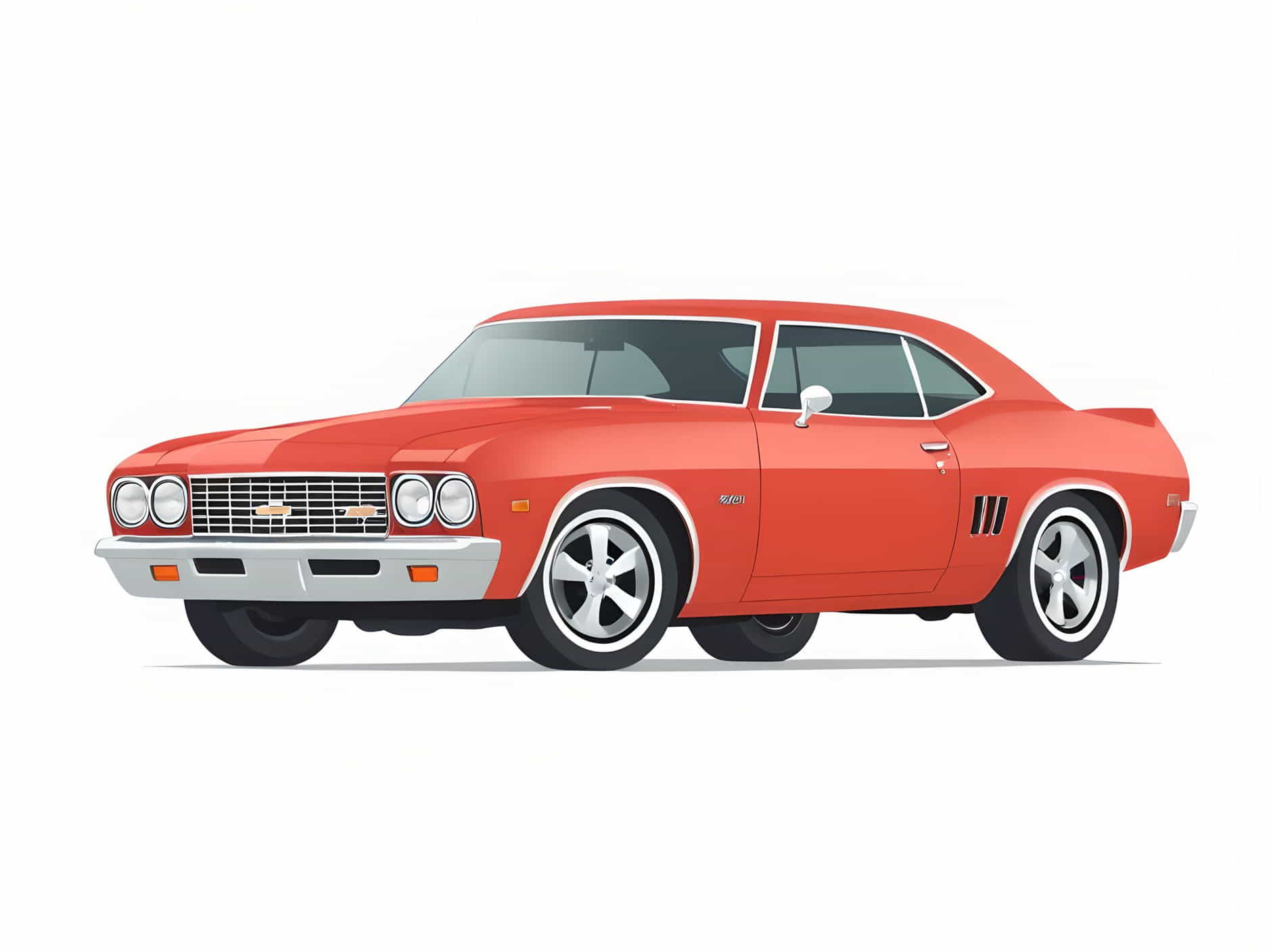
Are All Chevrolets Made in America? Exploring Chevrolet’s Manufacturing Practices
Chevrolet, a renowned American automotive brand, has a storied history that spans over a century. Known for producing a wide range of vehicles from trucks to sedans, many wonder about the origins of Chevrolet vehicles and whether they are all manufactured in America. This article delves into Chevrolet’s manufacturing practices, its global footprint, and the factors that influence where Chevrolet vehicles are made.
Chevrolet: An Overview
Chevrolet, often referred to as Chevy, is a division of General Motors (GM), one of the largest automakers globally. Founded in 1911 by Louis Chevrolet and William C. Durant, Chevrolet has grown to become a symbol of American automotive ingenuity, producing iconic models such as the Chevrolet Corvette, Chevrolet Silverado, and Chevrolet Malibu.
Manufacturing Locations
Chevrolet operates manufacturing facilities worldwide, reflecting its global presence and production capabilities. While Chevrolet has a strong manufacturing presence in the United States, several factors determine where specific models are produced:
-
United States: Chevrolet maintains several manufacturing plants across the United States, producing a wide range of vehicles. Major production facilities are located in states like Michigan, Indiana, and Texas, contributing to Chevrolet’s status as a significant employer in the American automotive industry.
-
International Locations: In addition to the United States, Chevrolet has manufacturing operations in various countries worldwide. These facilities support regional markets and cater to local demand for Chevrolet vehicles. Countries such as Mexico, Canada, Brazil, and South Korea host Chevrolet manufacturing plants, demonstrating the brand’s commitment to global production and market adaptation.
Factors Influencing Manufacturing Decisions
Several key factors influence where Chevrolet vehicles are manufactured:
-
Market Demand: Manufacturing locations are often chosen based on regional market demand. Chevrolet strategically places production facilities in proximity to markets where specific models are popular, optimizing supply chain efficiency and reducing transportation costs.
-
Labor and Operational Costs: Labor costs, operational expenses, and regulatory considerations play a crucial role in manufacturing decisions. Chevrolet evaluates these factors when determining the feasibility of establishing or maintaining production facilities in different regions.
-
Trade and Tariff Policies: Trade agreements and tariff policies impact manufacturing strategies. Chevrolet adjusts production locations in response to trade dynamics, aiming to minimize tariffs and comply with international trade regulations.
Made in America: Understanding Labeling and Criteria
The term “Made in America” holds significance in consumer perception and regulatory compliance. For a vehicle to be labeled as “Made in America,” it must adhere to specific criteria set forth by regulatory bodies such as the Federal Trade Commission (FTC) in the United States. These criteria typically include:
-
Assembly Location: The vehicle must be assembled in the United States or undergo significant manufacturing and assembly processes within the country.
-
Domestic Content: A substantial percentage of the vehicle’s components and parts must originate from the United States, reflecting a commitment to supporting domestic industries and employment.
-
Final Manufacturing: The final assembly of the vehicle, including major components such as the engine and transmission, should occur within the United States.
Chevrolet’s Commitment to American Manufacturing
Chevrolet remains committed to American manufacturing, with a significant portion of its vehicles produced in the United States. This commitment extends beyond assembly to include research and development, engineering, and innovation. Chevrolet’s investment in American manufacturing supports local economies, job creation, and technological advancement within the automotive sector.
Global Production Strategy
While Chevrolet emphasizes American manufacturing, its global production strategy ensures responsiveness to diverse market needs and regulatory requirements worldwide. By maintaining manufacturing facilities in multiple countries, Chevrolet enhances its ability to adapt to regional preferences, regulatory changes, and market fluctuations effectively.
In conclusion, while Chevrolet maintains a robust manufacturing presence in America, not all Chevrolet vehicles are exclusively made in the United States. The brand strategically operates production facilities across the globe to meet diverse market demands, optimize operational efficiency, and comply with international trade regulations. Whether a Chevrolet vehicle is made in America or elsewhere, it reflects Chevrolet’s commitment to quality, innovation, and meeting the needs of customers worldwide. Understanding Chevrolet’s global manufacturing footprint provides insight into the dynamic automotive industry and the factors influencing vehicle production and distribution in the 21st century.